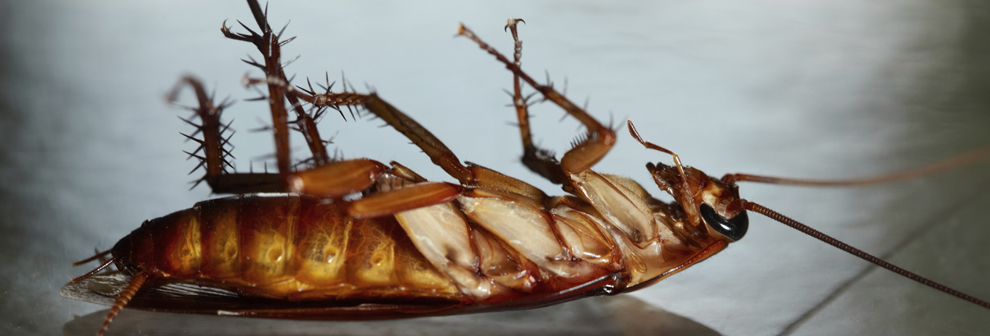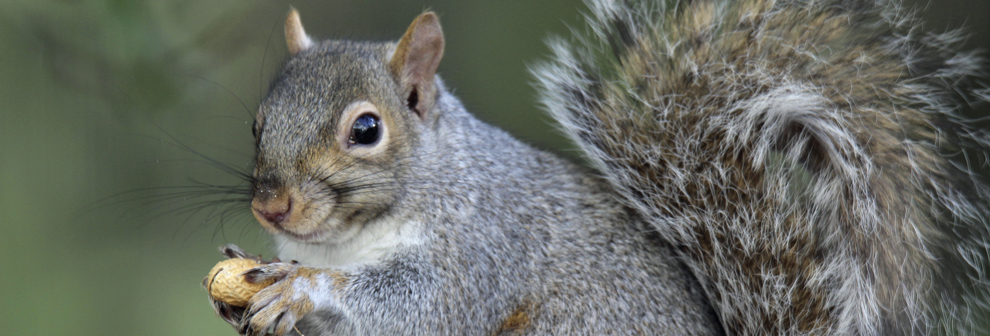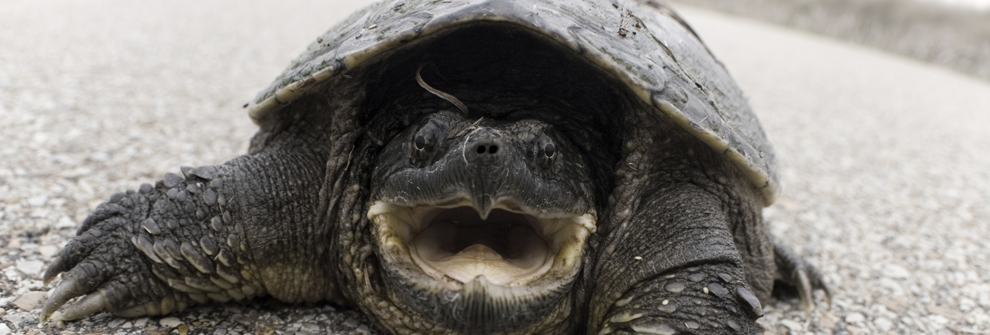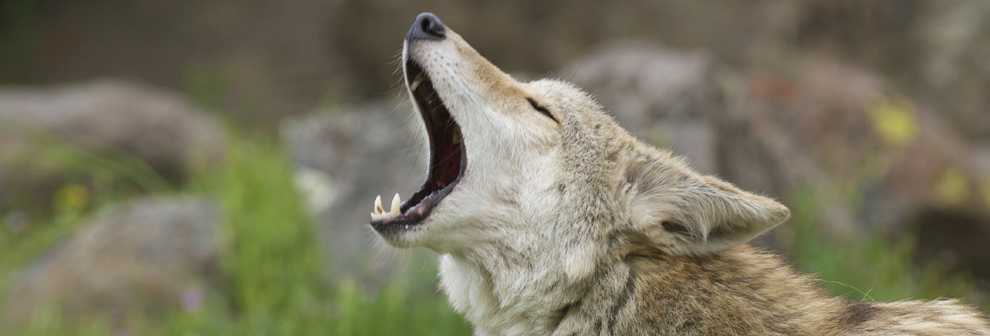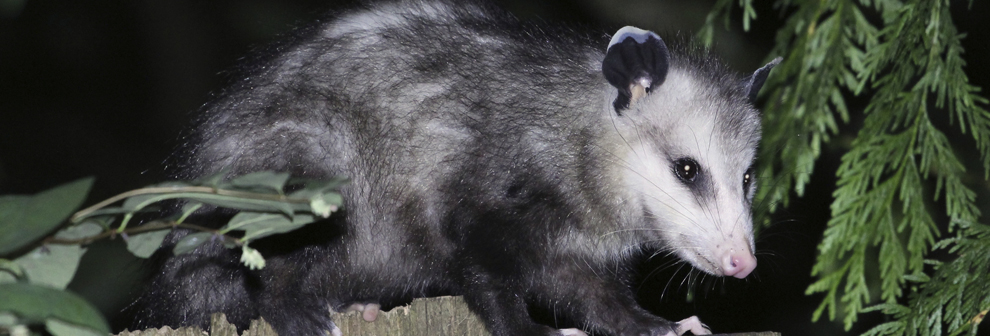Please, no calls about dog or cat adoptions, we are not an adoption agency, to learn more about adopting a pet click here. Urban Wildlife Control does charge a fee for our feral cat control service. Currently, we enforce a spay/ neuter and release program, no exceptions. We charge a $235.00 trap placement fee, and $90.00 per female cat removed and $95.00 per male cat removed. This fee includes any necessary veterinary expenses to have the cats spayed and/or neutered.
Furthermore, Urban Wildlife Control will not release the cat(s) back at the original capture site but, this is the most acceptable method. Releasing the cats back to the original site may decimate the natural ecosystem and spread disease or kill off the wildlife in the area.
Identification
Stray cats are domesticated cats that have become separated from their owner. Feral cats are non-domesticated cats living in the wild. They were born in the wild, and have never had a home. Their behavior is completely different from domesticated cats. They are considered wild animals. Feral cats are very self-sufficient and excellent hunters, and are able to live in the wild just fine.
How, When and Why They Become a Nuisance Pest
Feral cats are extremely effective hunters that are known to colonize. It is not uncommon to have several feral cats living together. Colonies can contain at least ten cats or more. These colonies can seriously deplete natural wildlife populations. They feed on songbirds, game birds, rodents, rabbits and other small animals. This disruption of the natural food chain will reduce the number of native predators in the area, such as fox, coyote, and weasels. They are also known to harm domestic pets.
Damage They Cause
Stray and feral cats will leave droppings and urine in the area(s) they live, make noise, fight each other, and steal pet food left outside. Stray and feral cats will also raid unsecured trash cans. Unvaccinated feral cats are a source of fatal and non-fatal diseases transmittable to humans, domestic pets and other wild animals. These diseases include rabies, the plague, ringworm, toxoplasmosis , mumps, cat scratch fever, feline leukemia and feline distemper.
Removal, Control and Management
Most importantly, DO NOT FEED FERAL CATS. As stated above, feral cats are self-sufficient and excellent hunters. By feeding them, you will give them a reason to stay in and around your home and/or property. Also, more than just feral cats will visit these feeding sites. Raccoons, rats, opossum, and fox will take advantage of this food source as well. These animals may become dependent on these food sources, and may create another nuisance altogether. If you are currently feeding them this must stop once we begin the trapping process.
When Urban Wildlife Control or county animal control services is contacted to control a feral cat problem, it has usually started as one cat that a person has begun to feed. As you continue to feed the one cat, others begin to show up. Then, fights start to become a nightly occurrence. Kittens start to appear from the animals that are not spayed or neutered. Before you know it, there are no other animals in site except for a large colony of feral cats.
Urban Wildlife Control will begin a trapping program to capture the cats. After the cats are captured, the animals will be taken to a vet where they will be tested for incurable diseases. If any animal tests positive, it will be humanely put to sleep. Animals that are healthy, will be vaccinated for rabies and worms, and will be spayed and/or neutered.
After the animal leaves the vet, Urban Wildlife Control urges the person or person(s) that contacted us to release the cats in a new habitat, individually, to allow the original territory to recover from the damage caused by the colony. If this option is not acceptable, we will typically turn down the job. Also, it is common for kittens to be present. If the kittens weigh less than 2lbs., they will not be removed until they are weaned from their mother. Urban Wildlife Control will not remove kittens until they are at least five weeks of age or older.

